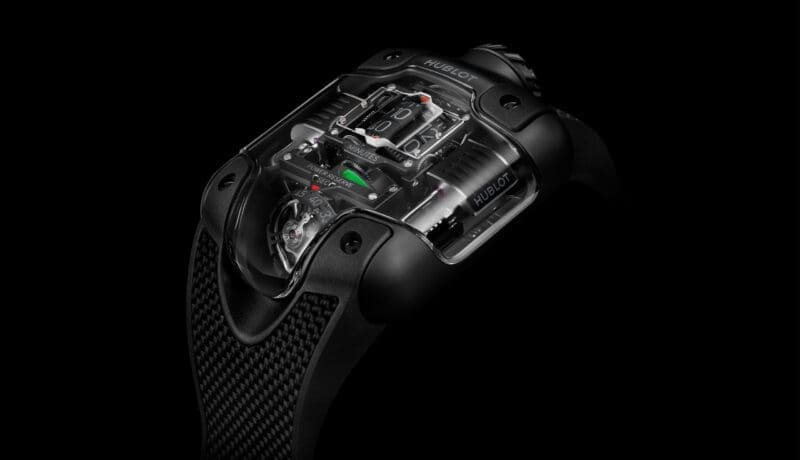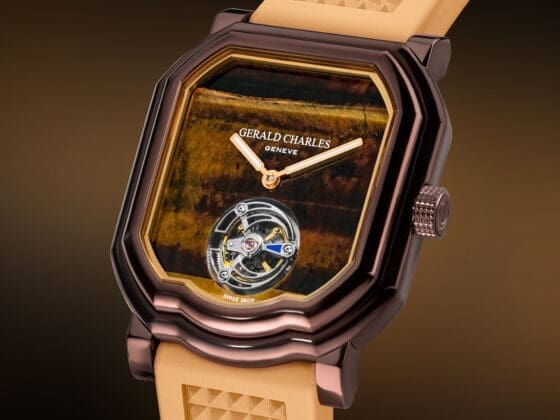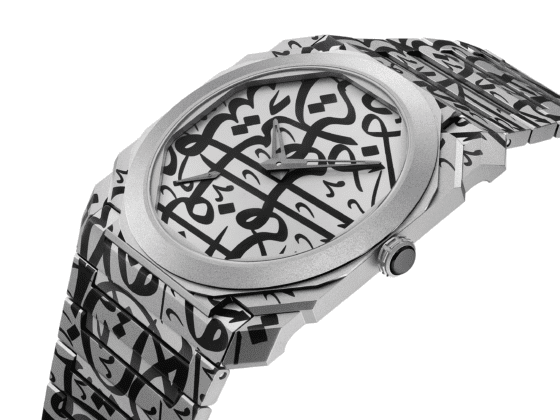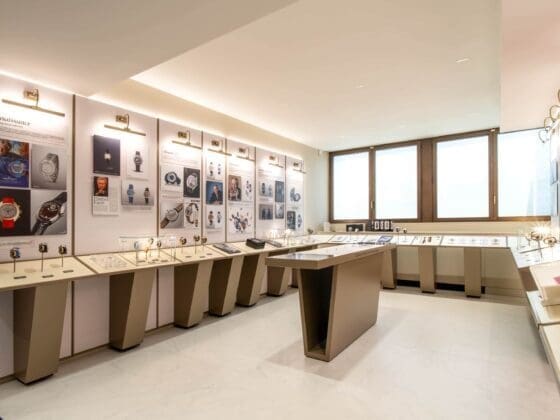There is a curious stillness that settles when you first encounter the Hublot MP-10 Tourbillon Weight Energy System. Not silence, exactly—more a suspension of expectation. As with all things disruptive yet refined, it does not beg for attention; it commands it with an architectural elegance that borders on the otherworldly. And now, nearly three years after its initial release, Hublot has returned with two new expressions of this watchmaking anomaly: one veiled in the stark modernity of black ceramic, the other bathed in the luminous translucence of sapphire. Each is a study in duality, yet neither compromises on the sheer audacity of the original.
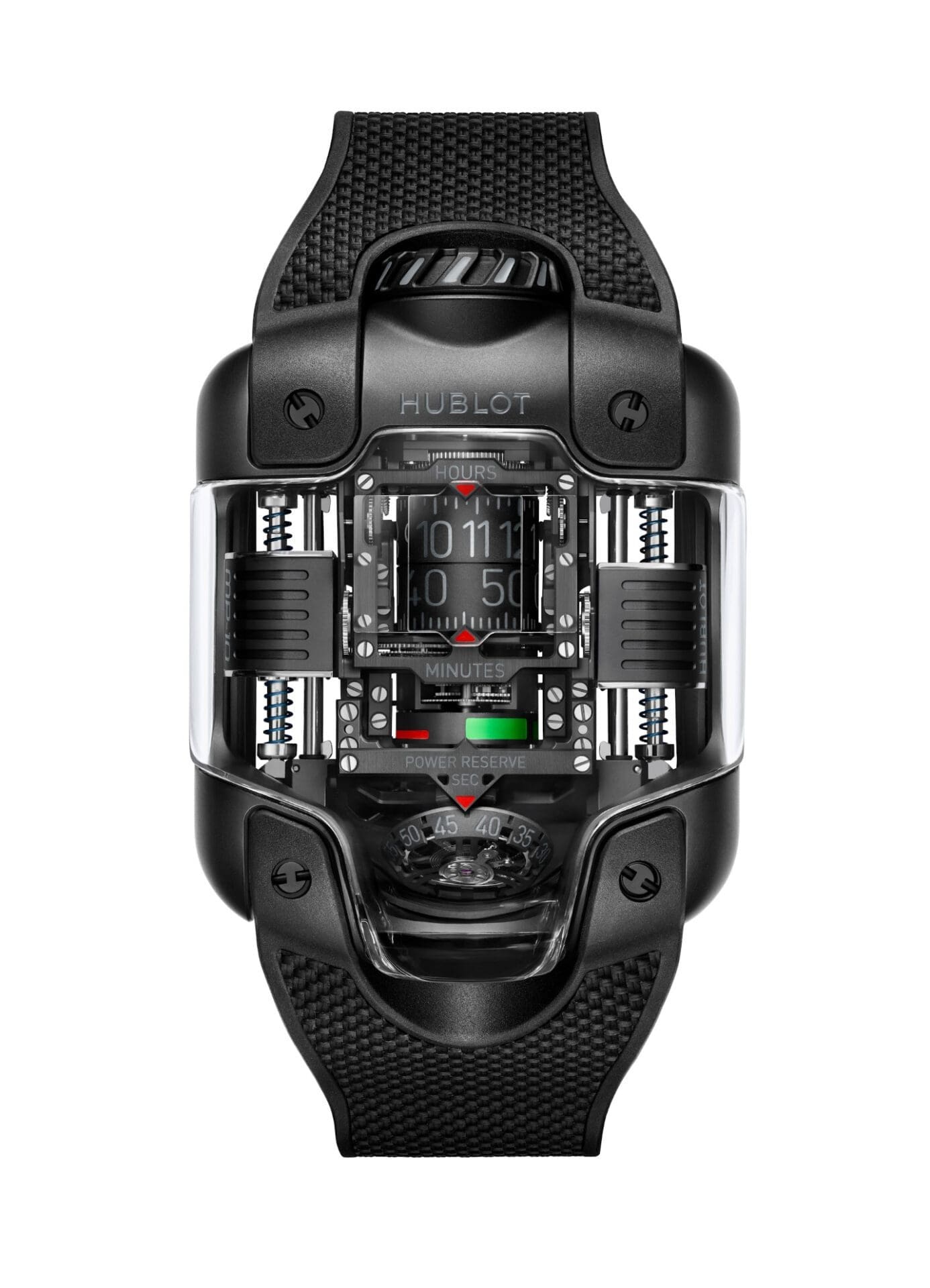
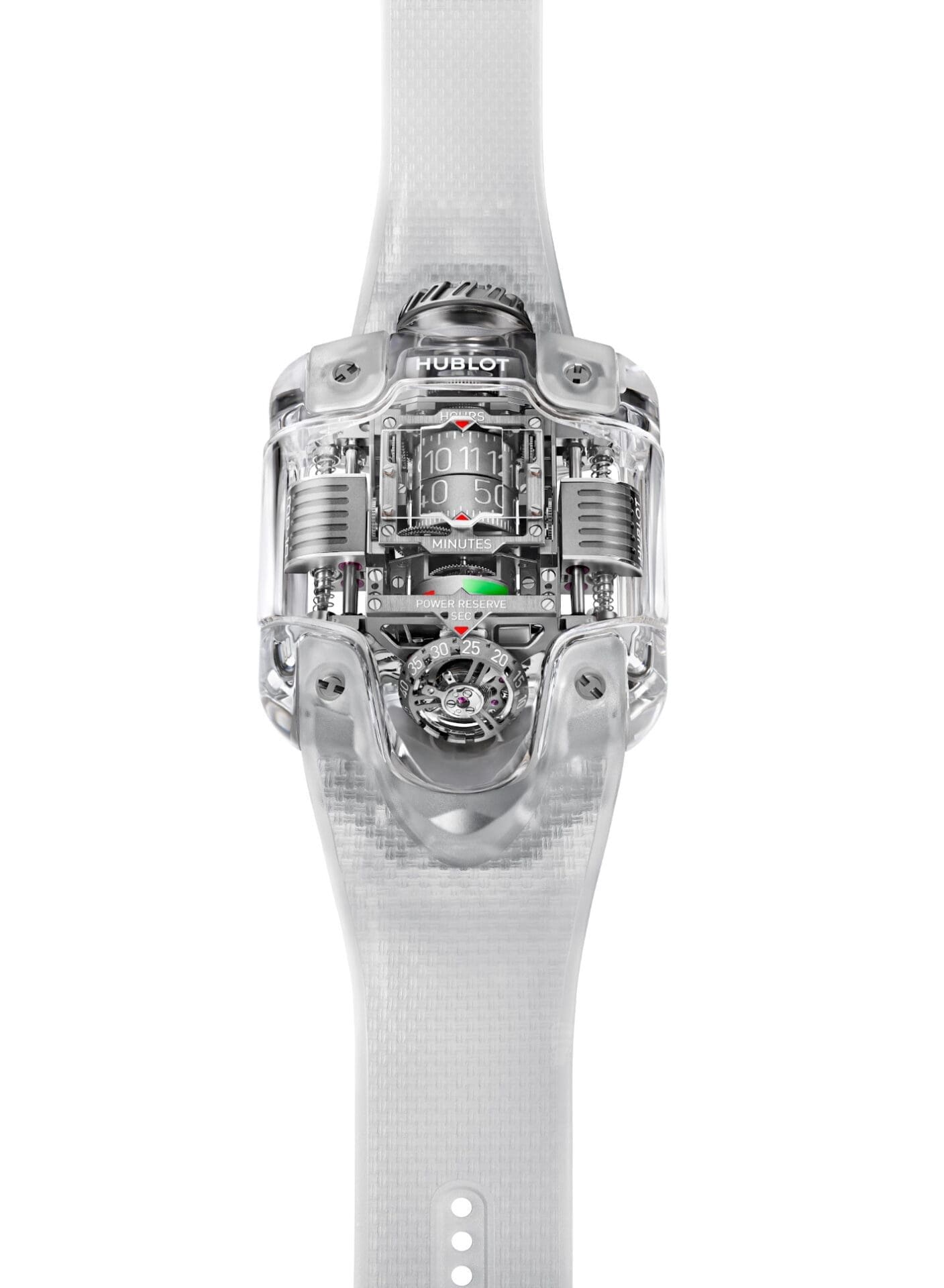
Born from a movement that took years to perfect, the MP-10 was never meant to follow the rules. It discarded the familiar—no dial, no hands, no oscillating rotor—and replaced it with a choreography of cylinders, rotating displays, and vertical weights. The mechanism, inclined at a precise 35 degrees and composed of 592 components, now sits reimagined in two materials deeply embedded in Hublot’s design vocabulary.
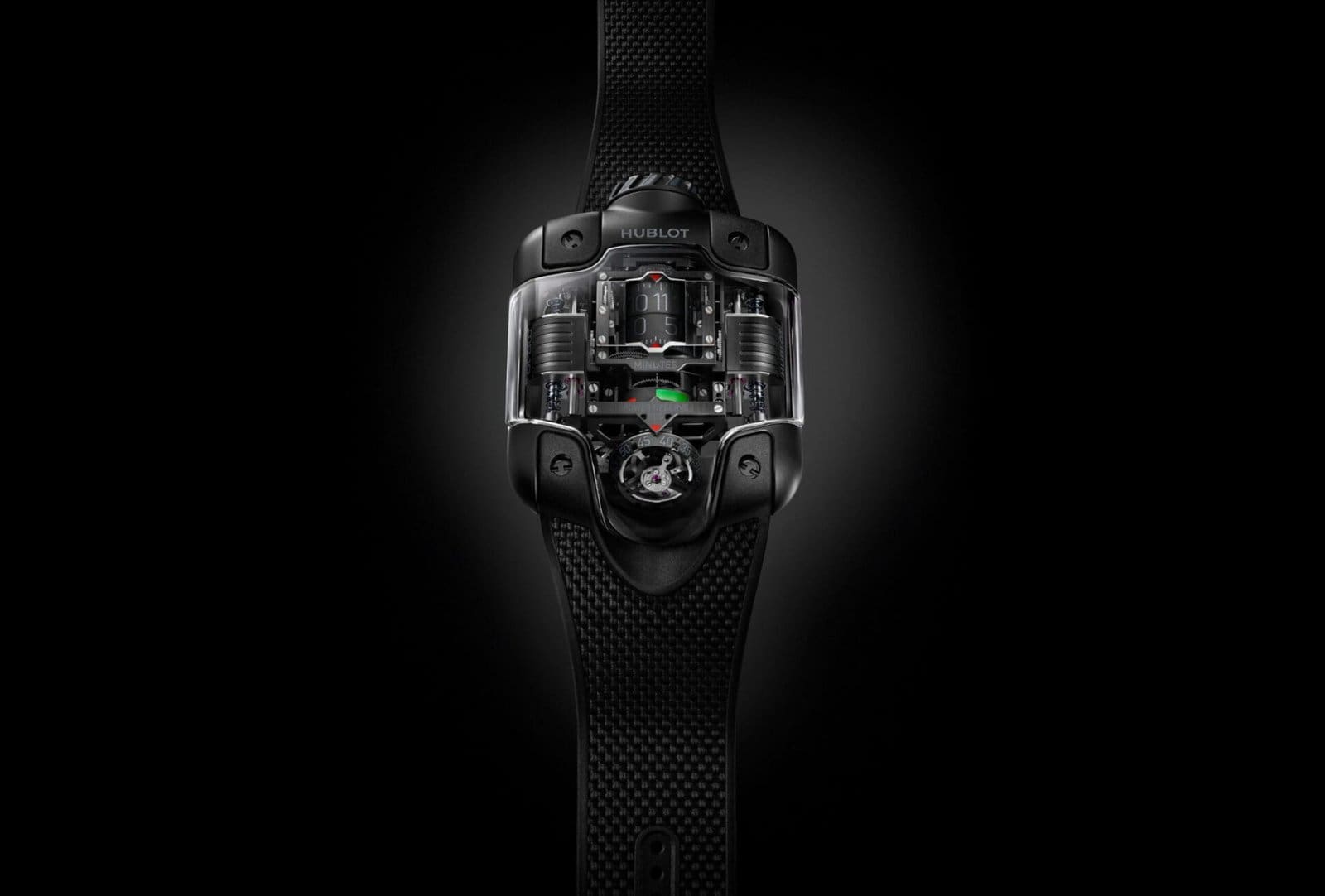
In black ceramic, the MP-10 is a stealth piece with a sculptural edge. It draws its lineage not just from the original titanium version, but from the All Black aesthetic that Hublot pioneered—a monochrome philosophy that leaves nothing to distraction. Limited to just 50 pieces, the ceramic case, with its uninterrupted curves and lack of right angles, acts like a casing for time itself: intense, precise, unflinching. The dual vertical weights in white gold—black-plated and engraved with the brand’s signature—perform an elegant mechanical ballet beneath a domed sapphire lens, invisible to the untrained eye but deeply appreciated by those who understand its rarity.
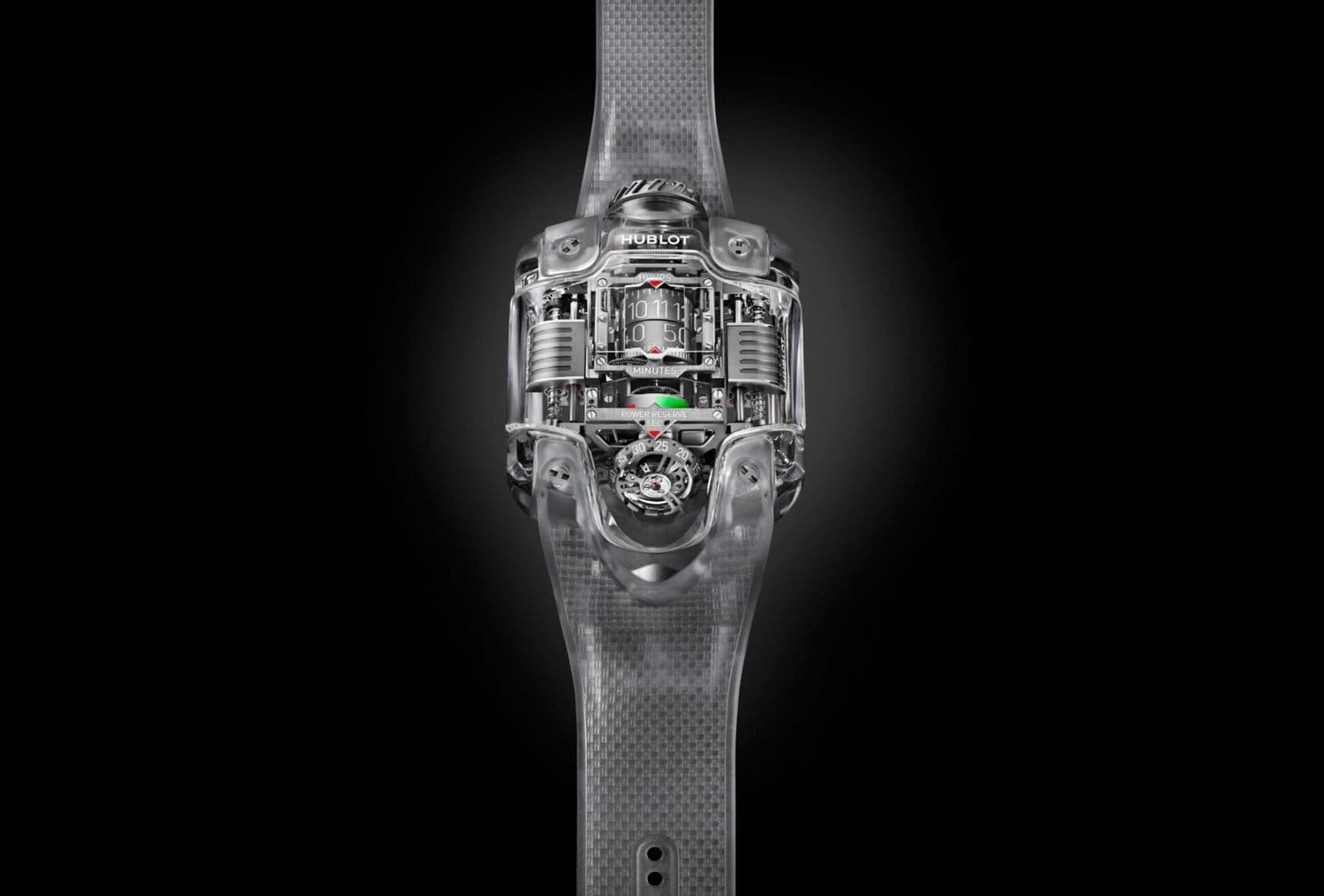
And then, the counterpoint: the MP-10 Sapphire, limited to 30 pieces, is as radical as it is ethereal. Clad entirely in polished translucent sapphire and resting on a matching rubber strap, this iteration reveals everything. Light floods the movement, transforming it into a kinetic sculpture—one whose mechanical anatomy is proudly on display. The grey satin-finished bridges and suspended tourbillon take on a sculptural dimension, enhanced by the absence of color and the fluidity of its surfaces. The hours, minutes, seconds, and power reserve are each given their own dance—subtle, almost imperceptible motions that replace the need for hands with a linear rhythm.
This is no mere case of aesthetic variation. The sapphire model is not the inverse of the ceramic, but its philosophical foil. Where the All Black edition feels rooted in control, mastery, and opacity, the Sapphire edition embodies openness, transcendence, and a defiant fragility. The contrast is not simply visual—it is visceral.
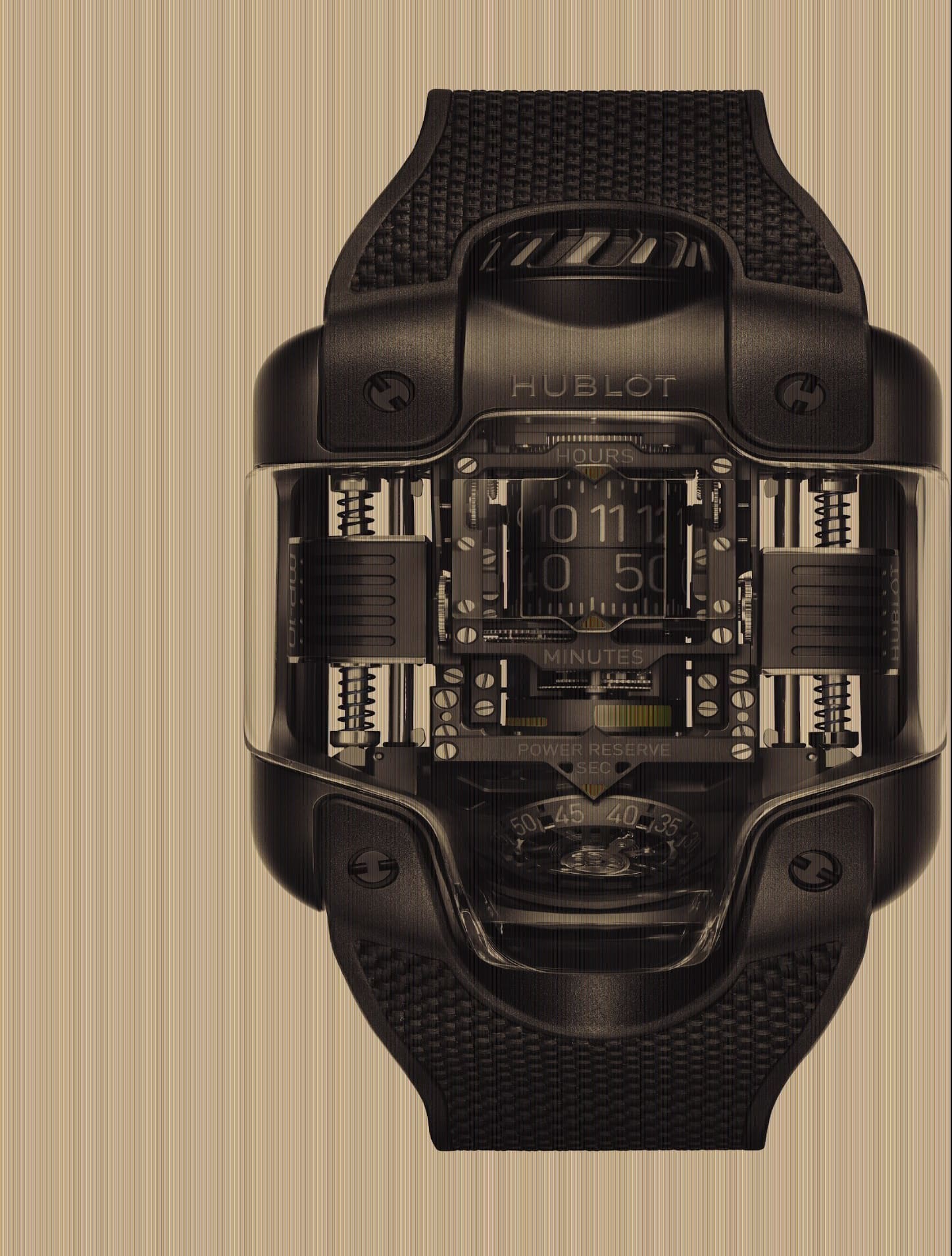

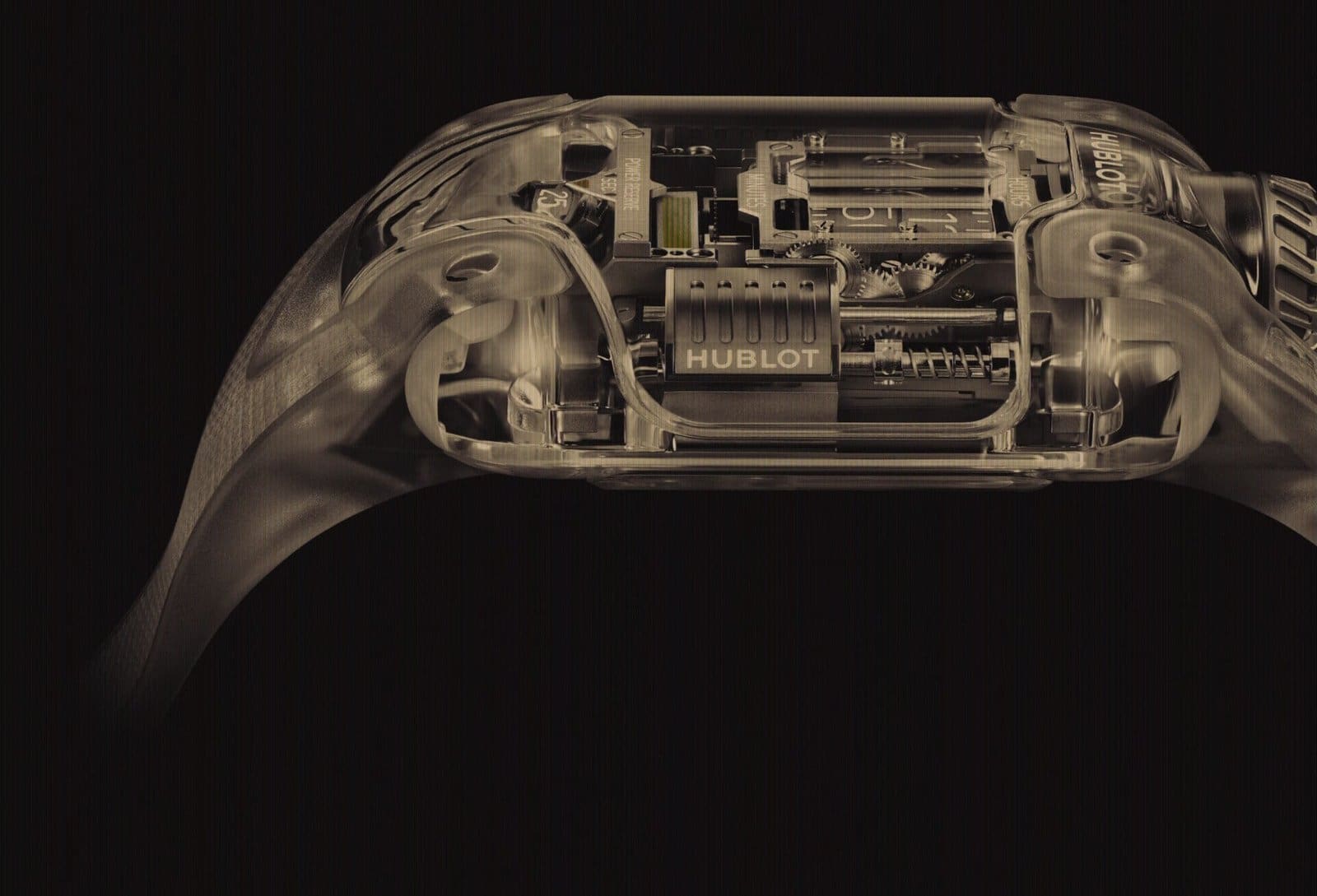
And yet, both models are unified by the singularity of their movement, the HUB9013. Self-winding, with two linear bidirectional weights replacing a traditional rotor, it’s a technical feat disguised as artistic expression. The 48-hour power reserve is mapped in chromatic gradients of green, orange, and red—a detail that, while functional, feels almost decorative in its clarity. The tourbillon, a classic element reimagined here on a diagonal plane, feels less like a nod to tradition and more like a redefinition of it.
Hublot’s work has always been more than timekeeping. Since its inception in 1980, the brand has viewed the watch not as a fixed object but as a mutable idea—one that fuses materials, disciplines, and generations. The MP-10 is a continuation of that ethos, a piece that resists category. It is as much an engineering statement as it is a philosophical one: time, encased in contradiction.
Julien Tornare, Hublot’s CEO, calls the creation of these new MP-10s “more than a stylistic exercise.” He’s not wrong. To sculpt black ceramic into such complexity, to polish sapphire into transparency without structural compromise—these are feats of horological engineering that speak not only to expertise but to intention. The brand could have played it safe, offering mild variations for a devoted audience. Instead, it has once again rewritten the blueprint.
At a time when so many watches strive to mimic legacy, the MP-10 does the opposite. It severs its ties to tradition, not out of rebellion, but to create a new design language—one built on purity of function and form. It is not a watch that simply tells the time. It is one that asks, insistently, what time itself might look like in the future.

